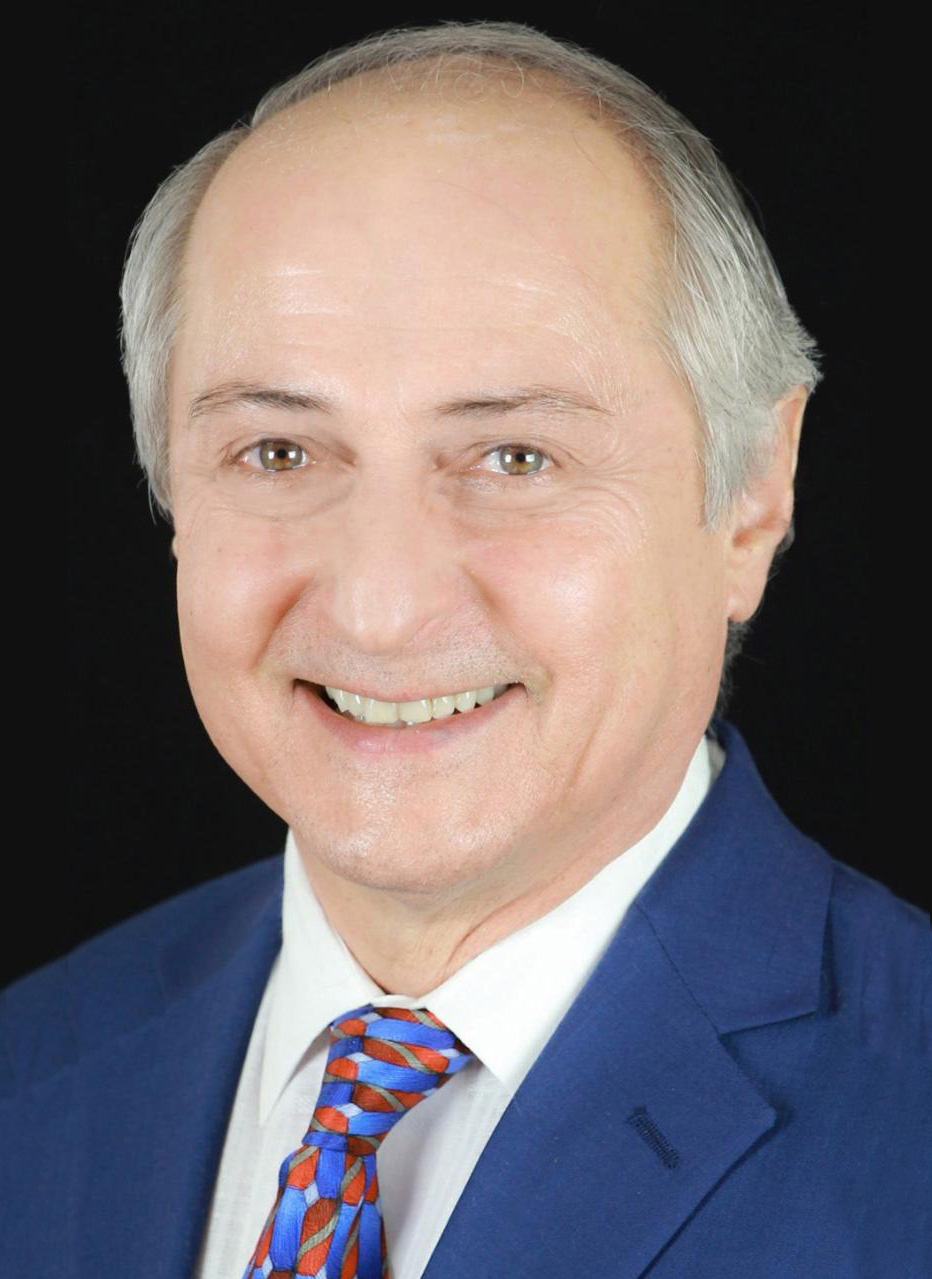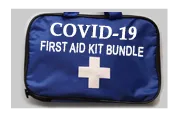Case Study: Correction of Severe Hiatal Hernia Complaints in a Patient with a Congenital Failure of Skeletal Muscle Growth with Resultant Severe Scoliosis
By William M. Maykel, DC, DIBAK
Presented at the International College of Applied Kinesiology-USA
Annual Meeting, 2003–2004, p. 71–73
Abstract: A thirteen year old boy with Werdnig-Hoffman Disease presented for treatment. He had an inability to hold down food for a five month duration. A hiatal hernia was reduced utilizing the applied kinesiology tools of surrogate testing, respiratory adjusting and muscle balancing. After one session, the patient was able to swallow an entire meal without side effects.
Keywords: Applied Kinesiology, Werdnig-Hoffman Disease, Hiatal hernia, Surrogate Testing, Respiratory Adjusting, Muscle Balancing, Origin Insertion, Muscle Spindle, Neurolymphatic Reflux.
Introduction: The Spinal Muscular Atrophies (SMA) are a group of inherited disorders in which there is degeneration of the anterior horn cells in the spinal column resulting in weakness. There are three clinical variants based on varying degrees of severity and onset.
- Type I – Infantile Type – Werdnig-Hoffman Disease (severe)
- Type II – Intermediate form (intermediate)
- Type III – Juvenile Type – Kugelbers-Welander Disease (mild)
Kevin had Type I (infantile) form with a prognosis of death before age two. Kevin’s mother was the reason for his survival. Her great love, caring and spirituality had allowed Kevin to nurture and survive against all odds.
Kevin had previously gotten chiropractic care for his cranio-sacral system with an applied kinesiologist (Dr. Richard Herzig) at eighteen months. This care helped his extreme weakness. This allowed him to hold his head up, start to have normal bowel movements and run around the general overall failure to thrive in Kevin. At age four she started him on deep muscle therapy with once a month visits. At four and one half months, he developed severe pneumonia and Dr. Herzig once again helped him through this episode.
A thirteen year old boy presented for treatment of symptoms related to a severe hiatal hernia. For the previous five months, he had been able to swallow his food with out difficulty, but would regurgitate his food and copious amounts of liquid upon eating just a few bites. During this time frame, from May through October, he was virtually unable to eat and allow food to enter his stomach. He sometimes had been able to eat one muffin or one meal within a two day period.
Discussion: Prior to his visit to his office, Kevin had undergone two endoscopies with out good effect. Kevin was not your typical child. In fact, it was a miracle he was alive to begin with. He was suffering with complications of a usually fatal neurological disorder called Werdnig-Hoffman Disease. This polygenic disorder causes premature death of the anterior horn cells with resultant hypotonia and weakness.
When Kevin’s mom brought him in for treatment he had an electric wheelchair which he could operate with digital controls. He wore a molded body cast made out of semi-dense foam. This served as his muscles, as there are no muscles with this condition.
Due to the lack of muscles, Kevin’s spine bent and twisted as he grew with a severe scoliosis (88 degrees). Upon presentation it had grown forward and twisted so as to crush his esophagus-diaphragm against his sternum, blocking the passage of food.
On May 25, 1995 a policy statement on surrogate testing by ICAK-USA was passed. It is as follows “Surrogate testing is not a usual method of diagnosis in Applied Kinesiology. It is used only when the subject can not respond appropriately, such as with a comatose individual, an infant, or with an otherwise incapacitated person.” An excellent review of this subject may be found in the ICAK-USA 1996–1997 Proceedings by Dr. Hans Boenke.
Hiatal hernia and reflux esophagitis have been found to occur together. 1,2,3,4 they have also been associated with respiratory manifestations. 5
Surrogate testing 6,7 allowed the evaluation of his skeletal misalignment to proceed quickly and accurately. A bilateral sacroiliac sprain/strain (right posterior/left anterior) was found along with the usual concomitant finding (right inferior sacral base, L3 right, L4 left, L5 right and C1 right, C2 left, C3 right.) Additionally he had T9 through L1 anterior with ribs bilaterally lateral from T9 through T12, challenge was positive for a diaphragm strain.
Origin-insertion and muscle spindle technique along with related neurolymphatic reflexes were performed to facilitate the abdominals, diaphragm and major pelvic muscles.
Conclusion: Kevin responded well to the interventions and treated at this office through age eighteen. Kevin moved to Colorado, graduated from the University of Colorado with a major in psychology and minor in special education. Kevin’s mother credits Kevin’s extraordinary longevity to the remarkable benefits of applied kinesiology.
References:
- Sonnenberg A, Everhart JE. “Hospitalization with respiratory disease following hiatal hernia and reflux esophagitis in a prospective, population-based study.” Ann Epidemiology 2001 Oct; 11(7) 477–483.
- Koike T, Ohara S, et al. “Increased gastric acid secretion after helicobacter pylori eradication may be a factor for developing reflux esophagitis.” Alimentory Pharmacol Ther 2001 Jun; 15(6): 813–20
- Hamada H, Haruma K, et al. “High incidence of reflux esophagitis after eradication therapy of helicobacter pylori: impacts of hiatal hrnia and corpus gastritis.” Alimentory Pharmacol Ther 2000 Jan; 14(6): 729–35.
- Penagini R, Carmagmola S, Cantu P. “Review Article: Gastro-esophageal reflux disease-pathophysiological issues of clinical relevance.” Aliment Pharmacol Ther. 2002 Jul; 16 Suppl 4:65–71
- Dal Negro R, Pomari C, Micheletto C, et al. “Prevalence of gastro-esophageul reflux in asthmatics: An Italian Study.” Ital. J Gastroeterol.Hepatol 1999 Jun–Jul; 31 (5): 371–5.
- McCord, Kerry M, DC. “Surrogate Testing Discovery and Application.” Collected Papers of ICAK-USA, Winter 1988–89; 257.
- Boenke, Hans W. DC, DIBAK. “Surrogate Resting – It’s History. Controversy and Recommended Uses” Collected Papers of ICAK-USA 1996–97; 27–34.








